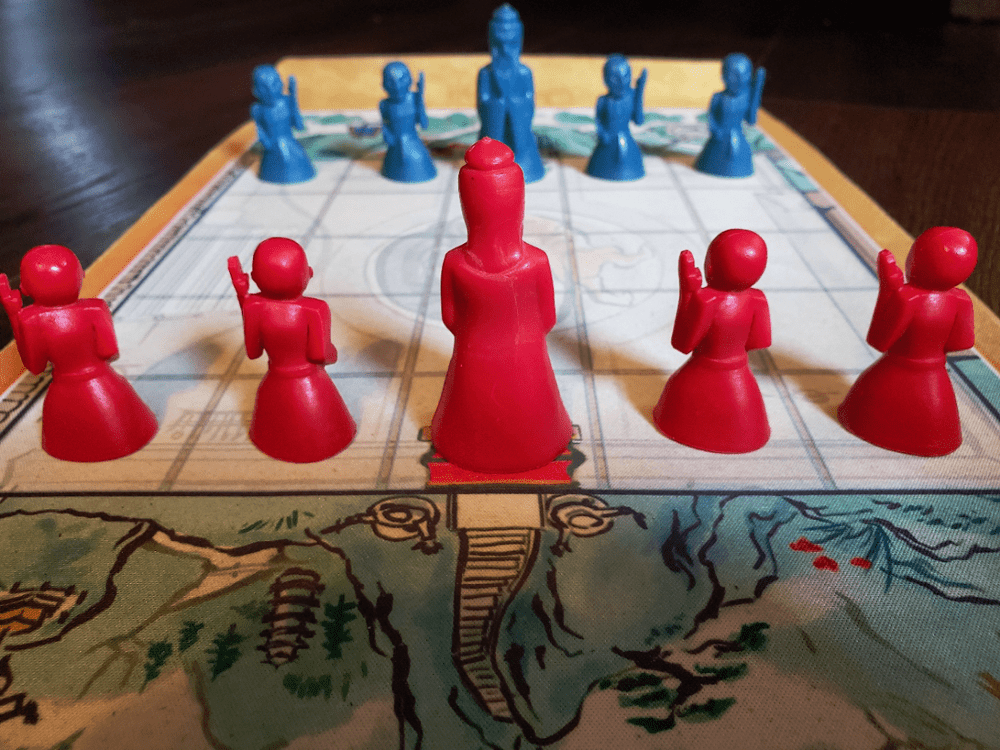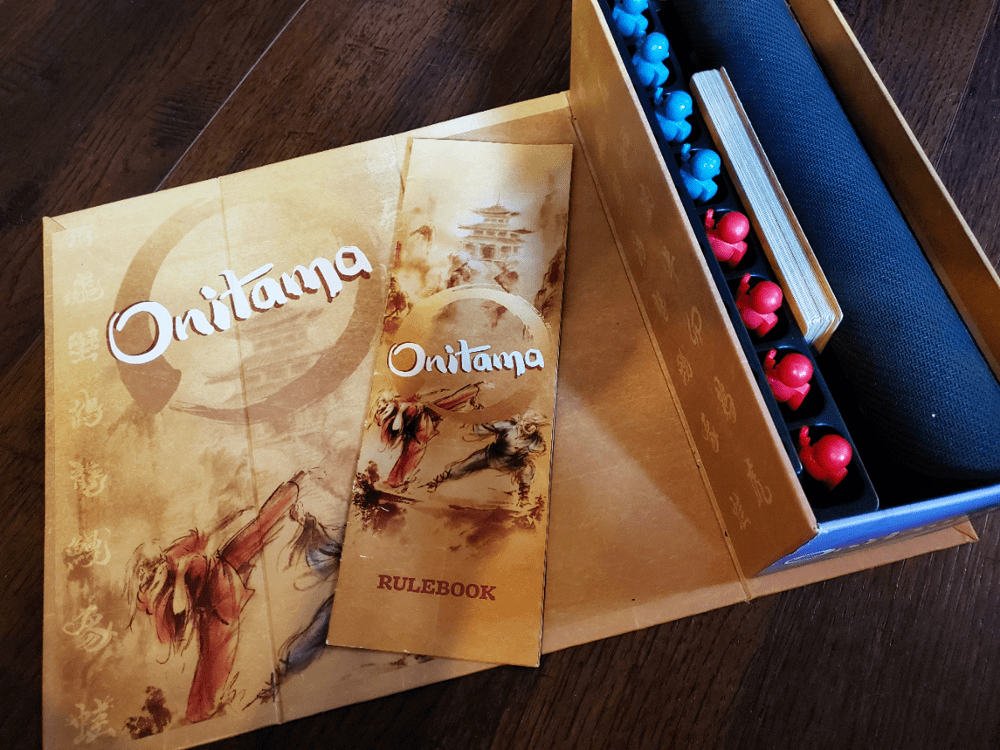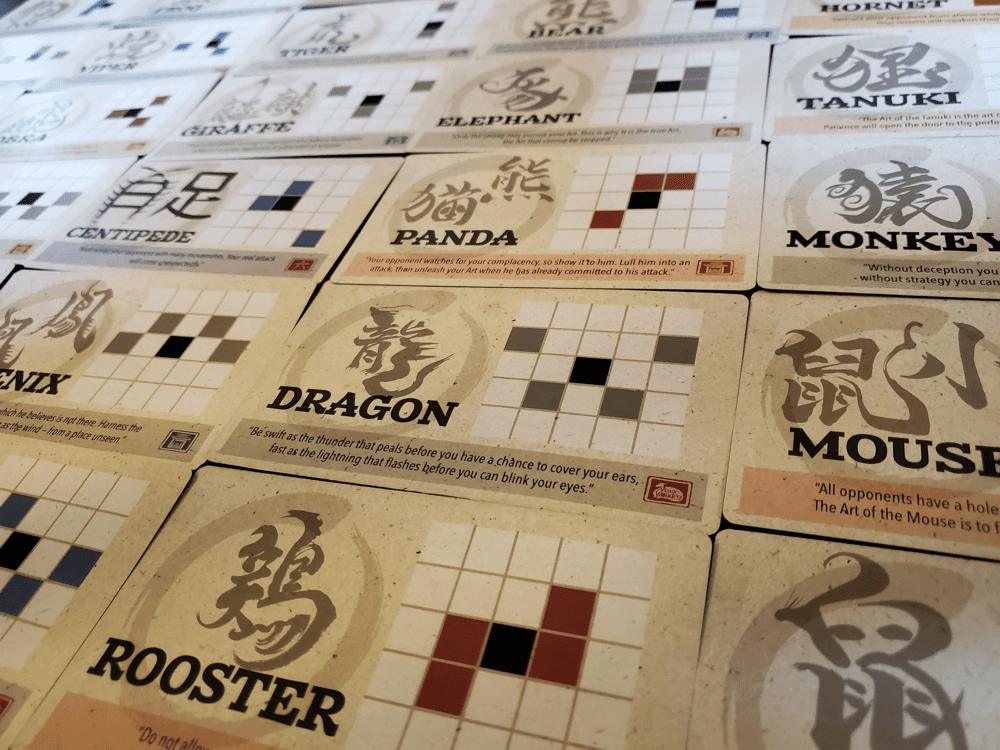Bobby Fischer thought that, with the advent of the computer age, chess would grow stale. He foresaw the rise of engines that could operate so efficiently that players would eventually mimic machines. In order to preserve the humanity of the game, he proposed a randomization of the back row. Folks started playing this way in 1996. Since 2019 there has been a Fischer Random World Chess Championship.
The concept makes sense. Celebrate creativity and skill over the board by eliminating the possibility of memorization and overdeveloped strategic lines. There are 10120 possible iterations of a game of chess with the standard layout. Randomize the back row, and it’s nearly impossible to prepare. Players just have to know their craft.
I like chess. We are a low-key chess family, and we’ve played our fair share of games, occasionally in the Fischer Random format. We don’t get too deep into theory, but we’ve dabbled, so we can appreciate the effect of randomization on established rhythms.
I share all of this as an introduction to Onitama, the 2014 chess-ish abstract from Arcane Wonders. With only 5 pieces a side on a grid of 25 squares, Onitama is a much-simplified variant on chess. With the movement of pieces randomized each game via a distribution of cards, it is akin to the adaptability of Fischer Random. Known as a perfect information game, victory comes by analyzing the out-in-the-open situation, parsing the possibilities, establishing a rhythm, and executing against the wiles of a very human opponent.
Temple Fight Club
In Onitama, players each assume the role of a Master and four pawns, known as Students. With the Master at the center and Students flanked to the sides, players advance according to the movement cards. The object is to win by Stone, capturing the opposing Master, or by Stream, moving your own Master to your opponent’s central Temple Arch space.

Each Movement card represents an animal spirit and grants specific movements by illustrating the squares to which any piece—Master or Student—could move. Each player begins with two cards laid visible before them. A fifth card sits to the right of the board from the perspective of the first player.
A turn involves selecting a piece and moving according to one card. If the move lands on the space of an opposing piece, that piece is captured. The card is then shared to the left where the opponent will collect the card following their turn. The active player brings that card that was waiting to the right into their possession, revealing the two possible moves for their next turn. Play continues until victory, which typically takes about 5-10 minutes.

Except we’re gonna talk about it
There are only two words to describe Onitama: pure genius.
Shimpei Sato deserves every accolade for his creation. There’s a reason Onitama has been included among our Top 6 Abstract Games and our Top 6 Date Night Games. There’s more than one, in fact. I’d like to mention three.
Onitama is approachable
I explained the game above in a couple really short paragraphs, and I didn’t leave anything out. The variety of each game is determined by the animal spirits involved, but after explaining the rules, the spirit cards take care of themselves. Even before the first turn, as the cards are laid out facing each player, it’s easy to see if any one move will endanger a piece. With the cards rotated, each player sees the possibilities from their own perspective. The challenge, then, is one of interpretation and application.
Onitama is deep
Here at Meeple Mountain, we’ve tried to pin down the vocabulary surrounding a game’s scope. There aren’t many rules to Onitama, but there is much to consider. On any given turn, it’s possible to plan one, two, three, or more turns in advance. Analyzing the sorts of moves in the game is a brain exercise on par with planking. Obviously the human agent across the table can interfere, but there is a wealth to learn from every play of this little gem.
Onitama is elegant
Graceful and beautiful on every level, I am floored every time by this stunning little design. The movements are smooth and simple. The neoprene board and chunky pawns are sturdy in hand. The cards slide clockwise from player to player with ease. The only inelegant aspect of the game is the volume at which it proclaims its own elegance.
And talk about it a little more
If I could change one thing about the game, it would be the box, but only for the sheer inconvenience of the shape. The rectangular tube could easily be much flatter. It would fit on the shelf, but it would hardly be the conversation piece it is now.

Three years after its initial release, Arcane Wonders put forth Sensei’s Path, a collection of 16 additional animal spirit cards that were a seamless addition to the base box. The 4,368 combinations of the original become 201,376 in the blink of an eye. If that’s not enough, there are also a handful of promo cards in the wild that propel the variety higher.
One year later, yet another expansion dropped, called Way of the Wind, and looked to shake the world with the addition of an eleventh piece—a neutral spirit. While the neutral spirit can be used to block opposing pawn movement, it might also trade places with friendly pawns, creating more jarring changes to the board state. I do not have this expansion, but I can see how that eleventh piece adds a hint of extra consideration to the duel with multi-effect cards, defense, and not-so-sneak attacks.

Onitama is like a Lays Potato Chip: I’m not sure I’ve ever seen someone play just once. Best of three is natural and still leaves the table clear in less than a half hour. In that time you can explore fifteen of the sixteen (or more) animal spirits.
You can have everything Onitama for less than $40 on a favorable day. No matter the combination of boxes, I believe it’s worth every penny. I recently loaned my copy out for nearly a year to a friend. It returned to the house to a great deal of fanfare, with multiple sessions in the first 48 hours. We didn’t realize how much we had missed it.
We still love chess, classical and random both, but Onitama scratches the same itch in a fraction of the time, and with dignity and style.











